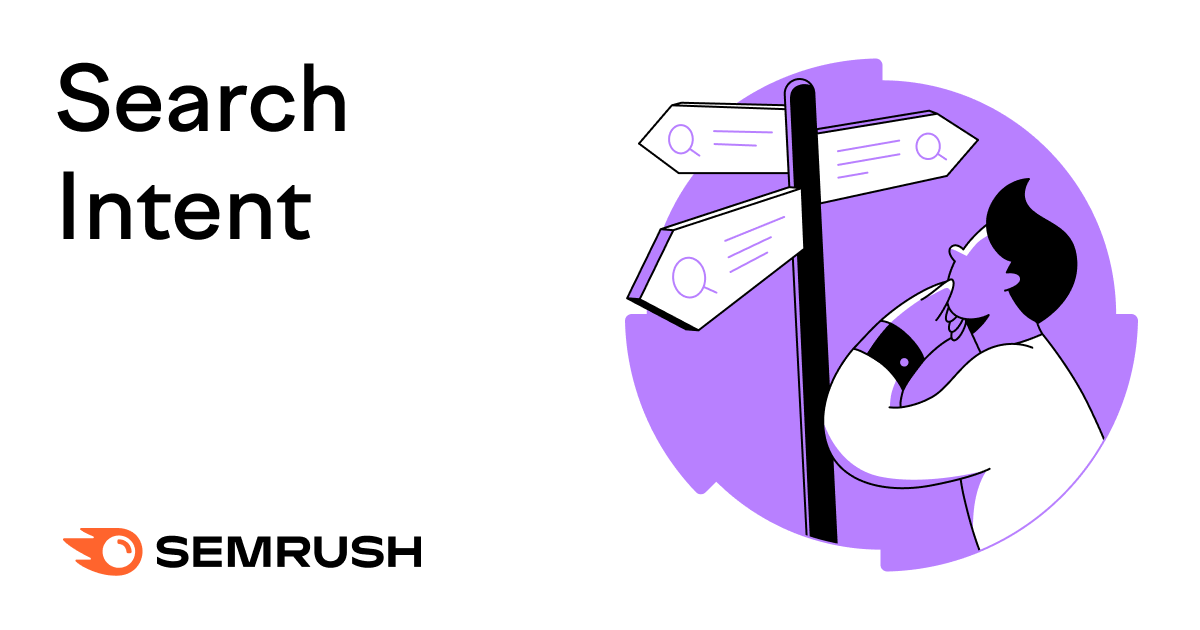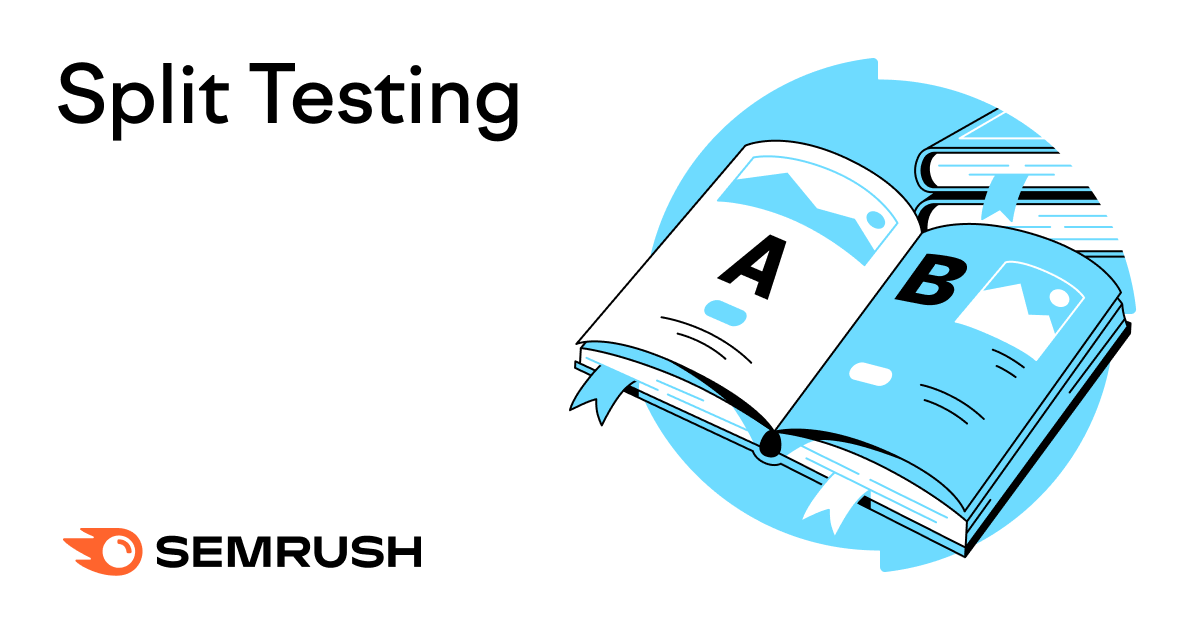
Let’s talk conversion rate optimization, or CRO. CRO is the process of improving conversion rates. The conversion rate is the percentage of visitors who complete a desired action, such as making a purchase, filling out a form, subscribing to a newsletter, or downloading an app. CRO aims to maximize the effectiveness of a website by increasing the number of visitors who take the desired action.
A basic CRO strategy involves analyzing user behavior, identifying areas of improvement, and implementing changes to the website to encourage more conversions. It typically involves A/B testing, where different variations of elements on a webpage are tested to determine which version performs better in terms of the number of conversions.
Because really, aren’t conversions what everything comes down to? Even your social activities come down to the end sale. You’re making connections – why? To increase your business. And what is the ultimate way to increase your business? Sales.
I Want to Buy That But…
For online businesses, all the sales funnels end in the buying process on your website. But have you ever come across a process that’s missing a few things?
Some people treat trips to the store like command and conquer missions: list, store, make the rounds, pay. No deviation from the list; no backtracking in the store. If what this guerilla shopper wants isn’t readily available on the shelves, they have a scorched earth policy. They don’t find a replacement; they scratch it off the list.
Compare this to the supposedly convenient method of shopping online. It seems easy, doesn’t it? You, as the potential customer, sit at your computer, browse the stores, find the product, look at the price tag, and buy now.
Oh, wait… you’ve forgotten a few things in that process:
- You find the product and it looks like what you want. Unfortunately, it has no description. You can’t tell how big/small it is, or whether it’ll fit you /your décor / your personal lifestyle.
- The price tag says one thing, but then there’s the shipping cost. How much is the shipping cost? You don’t know, because the business forgot to provide it upfront.
- You have the price tag and the shipping cost, but where’s the “buy now” button? You can’t find it, because it doesn’t say “buy now” or anything recognizable. Even a “Pay Up” notice would be nice. Instead, it’s buried under an admittedly cute teddy bear that, while cute, doesn’t tell you it’s a pay button. Fits in nicely with the site, though.
- You can’t actually buy through the site. You have to contact the business and order through the phone; you don’t know this, however, because the business has forgotten to inform you on any of their product pages. Oh, and the only place you can find their number is on the contact page.
- You really want to buy their product, but you’re a little nervous about giving them your contact and payment information. There’s no privacy policy or terms of use policy to set your suspicions aside. There’s no trust built (it’s a business you’ve never worked with before), and there’s no way to get in contact with the business except through an email.
Oh, yes. Shopping online is much easier…
The scenarios above are several situations where the shop owner has forgotten a few essential details that would greatly help the potential buyer. They’re real-life situations, even though we’re sure the shop owners thought they had everything covered. They’re also excellent opportunities to improve the conversion funnel, strengthen landing pages, and increase your site’s average conversion rate.
Conversions? What Conversions?
A lack of converting content and calls to action are not unique to the U.S. Whether you’re dealing with sites in France, the Netherlands, Italy, or Egypt, the thought process appears to be the same.
“Converting? What do you mean converting? I built the site. The visitors come. They pay. It’s simple!”
Very few online stores seem to look at the studies about behavior and buyer psychology, but brick-and-mortar stores read it loud and clear. An example worth reading from Radford University is Store Layout, Design, and Visual Merchandising (PowerPoint file). Another example is from the University of West Georgia: Store Layout and Design.
The first example starts with a quote from Stanley Marcus, Chairman-Emeritus of Neiman Marcus:
“Shopper found dead in local store; cause of death, boredom.”
Why do these links matter? How are they relevant? There’s a lot an online business can learn from a brick-and-mortar retail store. Here are just a few:
#1. Work On Keeping People On Your Site First – Before You Try To Get More To Come In.
The Radford example says, “It’s easier to get a consumer in your store to buy more merchandise than planned than to get a new consumer to come to your store.” This is putting the cart before the horse, so to speak. If your visitors aren’t staying and buying now, more visitors aren’t going to help, are they?
Tips For Stronger Staying Power:
- In-depth descriptions – not only does this help your visitors, but it also gives the search engines more information about your page.
- Attractive images, clearly labeled – it may be expensive to buy a high-dollar camera and a few photography lessons, but you’ll find it’s well worth the cost for small businesses. For large businesses, hiring a professional imaging company is worth its weight in gold. They’re the gift that keeps on giving.
- Read Presenting Your Product as a Masterpiece: You Can’t Market a Piece of Junk – Learn about the necessary bits and pieces that go into online product marketing. Research it further after you read the article. If your product pages are lacking, your sales will be, too.
Key Performance Indicators (KPIs) To Track:
How do you know if changes are working? You track the results, of course. The specific metrics to track would be average sales through the site, average time on site (or specific product pages), and average page views. Obviously, you want to see all these metrics go up!
#2. The store layout is important. So is the layout of your website.
The Western Georgia example says, “The floor plan is a schematic that shows where merchandise and customer service departments are located, how customers circulate through the store, and how much space is dedicated to each department.”
In a retail store, the floor plan is carefully decided on in order to show products at their best, allow for impulse buys, ease of navigation through the store, and so on.
These considerations shouldn’t be passed up simply because your store is online. The same careful thought should be put into the layout of your online presence.
Tips For An Easy-To-Navigate Site:
- Allow for clearly defined categories – If your product pages are buried in your site, make sure they’re still easy to find through navigational sections
- Provide a site search function – Every product-based site with more than one page can benefit from a search function. Allowing your visitors to search your site provides easy access to the products they want. Sure, it cuts through browsing, but the easier you make it to find things, the better your chances of a sale.
- Read Information Architecture – Content Layout is Everything – Learn how to classify, categorize and build a site much like any brick-and-mortar retail store. You want to make your site navigation as easy as possible to understand!
Analytics To Watch:
It’s not a KPI, but there’s a specific item to watch for, in order to see if your navigation is working. In analytics, it’s called the Entrance and Exit paths. Where is your website traffic going after they click a product page and view it? Most often, the answers should be:
- Another product page
- Site search
- Policies pages
- About page
- Buy page
- Shopping Cart
#3. Visually Communicate With Your Customers.
On page 7 of the Western Georgia example, they list some points to consider for visual communications. We highly recommend reading it, but we’ll translate the points to an online business here:
Tips For Visual Communication And Conversion:
- Ensure your name, logo, and identity are visible on every page (example: Home Depot)
- Provide directional, department, and category signage. These don’t have to be huge, as in the example on the slide, but they do need to be visible. Category signage could be as simple as a concise dropdown menu. Directional signage can be translated into Cart buttons, Buy Now, Shop Now, and sales images (example: Amazon.com). Signs that clearly describe sections of your site and what to do once you get there help your visitors navigate easier.
- Provide point of sale (POS) signage. In a retail store, POS signage goes close to the merchandise. The same can be said for your online store. Pricing, discounts, and descriptive information provide buying incentives.
- Lifestyle graphics help. “Lifestyle graphics” or large, oversized graphics are a must in many retail stores. Why? Images communicate feelings in a way that written content can’t. Lifestyle images, specifically, help the consumer imagine themselves wearing or otherwise using the product. Now, obviously, you don’t want to take up your whole site with big images, but careful placement can make a big difference.
Key Performance Indicators To Track:
SALES!
The Big Question: What Does Conversion Rate Optimization Look Like?
Now, look at your site. Go on – look at it. Forget about numbers and analytics. Forget about your sales numbers. Forget about everything that makes you a business owner. If you can’t do that, go get yourself a guinea pig to run through your site for you. Ready?
Now, here’s the big question you should be asking yourself:
Did I forget anything?
Remember, no matter how the funnels end or how good they are, there’s always room for improvement. In the industry, it’s called Conversion Rate Optimization, or CRO. You can:
Improve Your Buyer’s Purchasing Confidence
- How confident are your visitors with your purchasing process?
- How comfortable are your visitors with your shipping terms?
- How easily can your visitors find your privacy policy?
Where is the reassurance for the buyer at the point of sale? Many buyers seek additional support from independent reviews, friends, or detailed specification sheets. Can you give them that support at the product page level? Of course, you can.
- Provide star-rating abilities
- Provide areas to add/read reviews from other buyers
- Provide sharing buttons for people to recommend your products through social sites
Improve Your Product Details
- Have you provided clear images of your products?
- Have you provided clear descriptions of your products?
- Have you provided clear costs for the products?
Having product detail pages is more than just showing off a picture and a buy now button (although we’ve seen some of those). For example, if you have a product with several colors, do you clearly state that there are several colors? Does the visitor have to look hard to find them? Take pride in your products and:
- Provide a good description
- Provide detailed specifications
- Provide attractive, informative pictures
- Provide clearly labeled pricing and shipping policies
- Consider offering a money-back guarantee
(Read a more in-depth article about these product tips with “Presenting Your Product as a Masterpiece: You Can’t Market a Piece of Junk“.)
Improve Your Search Functions
Your site is searchable, yes? Good. –But, how searchable is it? For instance, do you only allow your products to be filtered using various prerequisites ($5-$30, t-shirts, shoes, etc.)?
The problem with “prerequisite” search filtering is that the search engine is just a computer. It wouldn’t know, for instance, that $21 isn’t too far from $20 and could also be added to a $5-$20 filter.
When you offer search functions, make them as comprehensive and intuitive as possible. Remember that there is more than one type of search function and combine them to improve your site’s user experience.
Improve Your Analytics Feedback
Website analytics don’t begin and end with Google (although the mega-corporation does provide a healthy dose of information to site owners). We talk about Google Analytics quite a bit here, but that’s mainly because thousands of business owners use GA.
There are many other analytics programs, such as KissMetrics and WebTrends. Bing Business Center provides analytics (although not, in our estimation, as comprehensive as Google’s). Then you have the data compilation programs, such as SEOMoz, RavenTools, SEMRush, and others.
(Since analytics is such an intricate, extensive discipline, you might also want to bookmark Occam’s Razor, written by Google’s Digital Marketing Evangelist, Avinash Kaushik. His book, Web Analytics: An Hour a Day is highly recommended.)
Tweak, Test, Track, Rinse, Repeat
If you’ve done any of the conversation rate optimization action above, are your improvements doing any good? You can always check your bottom line as a final indicator, but wouldn’t you like to know if something’s gone wrong before your wallet gets thin? Probably.
This is why SEMs, SEOs and PPC specialists practice the three t’s of optimization: tweak, test, and track. As you make changes to your conversion process, improving pages, funnels, calls to action, and content, make sure you track the changes. When you pinpoint an area that makes a big difference, repeat it on other pages.
Remember – no matter what you’re doing online, it all comes down to the final conversion. It comes down to one question: Will they buy? Improving your conversion process helps make the answer to that question, “yes”.



